Clocktower Dreams: The Mall That Changed the Beach
Myrtle Square Mall didn't just open its doors in 1975. It cracked open a whole new chapter for Myrtle Beach, South Carolina.
Before it, there were strip plazas and downtown shops, but nothing that drew people in with central air, fluorescent skylights, and a giant ticking clock.
This was more than a mall. It was where families found Easter shoes, teens met up before movies, and beach tourists grabbed Orange Julius in flip-flops.
Sitting on 48 acres between Kings Highway and Oak Street, its 443,000 sq ft of climate-controlled novelty brought the city into the modern shopping era.
For anyone chasing down things to do in Myrtle Beach, South Carolina, Myrtle Square Mall once topped the list. At the heart of the city's growth, it became an anchor for commerce, for community, and for change.
Groundwork and Greenlights - The Development Bet (Early 1970s-1975)
Before the first slab of concrete was poured, Myrtle Beach Farms Company already had its grip on the city's landscape.
By the early 1970s, it had controlled a sizable portion of local property and was mulling over a mall development. They weren't guessing.
A market study from Wilbur Smith and Associates confirmed it: the beach was ready. Residents were driving to Florence and Columbia just to shop in air-conditioned comfort. That cash could be staying right here.
The design landed with Nelson Benzing Design Associates. Construction started in December 1973.
But the original beach-themed sketches, dunes, driftwood, and pastel murals got scrapped. Ezra Whittner, one of the firm's members, pushed for something more commanding: a clock.
Not any clock, but what was reported to be the largest indoor timepiece in the world. Suspended, luminous, and dead center.
By April 16, 1975, Myrtle Square Mall opened with 30 retail outlets. Belk and Collins were the anchors, joined by Eckerd Drugs and Morrison's Cafeteria.
The Caine Company handled leasing, bringing in locals and independents first. The Sun News predicted $20 million in first-year sales.
That projection held weight. It meant Myrtle Beach could finally keep its shoppers from leaving town.

Early Leasing Surge and Retail Expansion (1975-1976)
The April 1975 launch drew a curious crowd, but the real test came in the weeks after. Leasing for the 30 original shops had moved fast, thanks to the Caine Company out of Greenville.
Belk and Collins may have been the cornerstones, but smaller retailers like Paperback Booksmith, Kinney Shoes, and Curious Cargo Gifts filled out the landscape.
Most of them were regional or locally owned. National chains weren't flooding the space yet.
Even the food spots had character - Orange Bowl, Der Dog Haus, and Baskin-Robbins offered quick bites before families ducked into Coker's or Endicott-Johnson.
Myrtle Square Mall didn't arrive all at once. The rest of the property rolled out in a delayed Phase II through 1976.
That's when Sears opened, with a physical store and a catalog pickup hub that served residents ordering from across the Grand Strand.
Around the edges of the property, Big Star Supermarket took root near the southwest side. Citizens Bank is set up nearby as well.
That same year, Chick-fil-A made its Myrtle Beach debut inside the mall. At the time, there were fewer than 50 of those in the country, all housed inside shopping centers.
That storefront ended up becoming a touchpoint for thousands of beachgoers for years.
Competitive Upgrades and Renovation Strategy (1985-1988)
Myrtle Beach grew fast in the early 1980s. Retail options stretched out toward newer development zones, and by the mid-decade mark, Myrtle Square Mall started to feel older than it was.
To stay viable, Burroughs and Chapin authorized a full interior renovation beginning in February 1985. It took two months. Crews replaced worn floors and removed the original indoor trees.
New kiosk locations were installed along central walkways. Visually, it updated the interior layout but didn't disrupt the existing retail anchors.
Some new stores came in with the revamp. Shoppers saw the debut of P-Nut Shak, Incredible Chocolate Chip Cookie Company, and Things Remembered. Nautical but Nice also joined the roster, bringing seasonal traffic into that part of the complex.
The clock remained. It was tweaked and cleaned up, but stayed overhead near center court. Originally installed as more of a concept piece, it had become something people used to meet up under.
Burroughs and Chapin officials later said they underestimated how often shoppers stared up at it, snapped photos, or pointed it out to out-of-towners.
Slow Retail Drift and Shifting Consumer Patterns (Late 1980s-1990s)
By the late 1980s, Myrtle Square Mall still had foot traffic, but the shine was wearing down. Briarcliffe Mall had opened farther up the coast, peeling away some regulars.
Downtown storefronts kept shrinking. Inside Myrtle Square Mall, a few older tenants left, and a handful of new concepts tried to fill the gaps.
Coker's Department Store, one of the original anchors, closed and gave way to Carousel Court by 1991. That space came with a built-in carousel, small attractions, and occasional events to draw younger families.
The food court, built near Sears in 1988, continued to pull in people during lunch hours. It had replaced what had originally been a landscaped entrance space.
The redesign picked up an International Council of Shopping Centers award, but awards didn't stop other retail centers from rising.
The Grand Strand's rapid residential growth outpaced the mall's aging infrastructure. Over the decade, newer big-box locations and specialty chains began bypassing older mall layouts altogether.
Even as tourism exploded through the 1990s, Myrtle Square Mall wasn't modernizing. No expansion. No tech updates.
Its layout stayed close to what had been laid down in 1975, while consumer habits started leaning toward outdoor plazas, power centers, and branded experience zones.
Coastal Grand's Launch (2003-2005)
In 2003, Burroughs and Chapin, the same firm behind Myrtle Square Mall, broke ground on a new project at the US 17 and US 501 interchange.
It was originally tagged the Mall of South Carolina, but the name shifted to Coastal Grand Mall before opening day. March 2004 marked the official ribbon-cutting.
At over one million square feet, it dwarfed Myrtle Square Mall in scope and scale. What happened next wasn't an accident - it was planned.
Most of Myrtle Square Mall's remaining stores were transferred within weeks. Same owner, new address.
Retailers left behind vacant spaces with hastily posted signs announcing new locations at Coastal Grand. This wasn't a slow fade. It was a relocation wave.
National brands made the jump. Even smaller tenants followed the traffic. In a matter of months, the old mall lost its commercial core.
During this transition, the mall picked up some non-retail usage. Coastal Carolina University temporarily housed offices inside, and Horry County's Republican Party operated out of a former unit.
The Department of Motor Vehicles also moved into the former Carousel Court space during its facility renovation.
By the end of 2004, Myrtle Square Mall had crossed into vacancy territory. Most retailers were already operating out of Coastal Grand.
Those still under lease began liquidating stock or relocating services. Peebles was the last retail tenant to hold out, closing after Labor Day weekend in 2005.
A final clearance sale ran before the lights shut off for good.
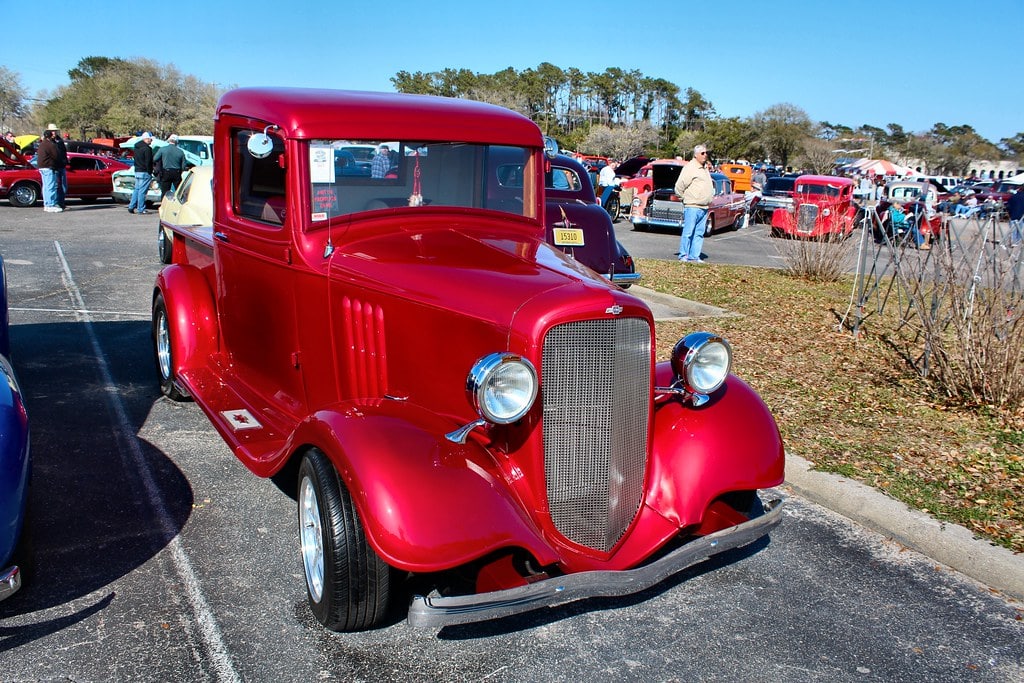
Site Decommission and Demolition Planning (2005-2006)
The teardown process began with paperwork. On December 22, 2005, Burroughs and Chapin submitted a demolition request to the Office of Ocean and Coastal Resource Management.
That filing opened a public comment window, which closed on January 2, 2006. At the same time, the developers had to show that runoff from demolition wouldn't impact nearby waterways.
A separate demolition permit was submitted to the city of Myrtle Beach and approved by December 30.
Vereen Construction handled the physical teardown. They started by pulling blue tiles from the former Belk façade. Water and power disconnections followed.
Demolition moved in phases. By January 2006, most of the Sears wing was gone, along with portions of the Phase II corridor and northern storefronts.
Crews halted midway through the building for several months before continuing the rest of the demolition into mid-2006. When they cleared the last section, the mall no longer had a structural footprint.
There were no foundation slabs, no verticals, just dirt, some grading stakes, and the occasional patch of overgrown grass.
The Charleston-based architectural firm LS3P was brought in to develop a long-range site use plan, though no build date or specific projects were ever announced.
However, as of 2025, the land sat vacant without an announced replacement project.
These days, the former Myrtle Square Mall site isn't much to look at, but it's far from forgotten. That wide, open lot in the middle of Myrtle Beach has turned into a kind of blank canvas for outdoor events.
Classic car shows roll in with polished chrome and local pride, food trucks pull up offering everything from fried dough to tacos, and Jeep expos take over with rows of lifted rigs and folding chairs.
There's no permanent setup, and no buildings or storefronts are left standing. Just pavement, pop-up tents, and the memory of what used to be there, anchored once by a giant clock that now exists only in old photos and people's heads.
🌿



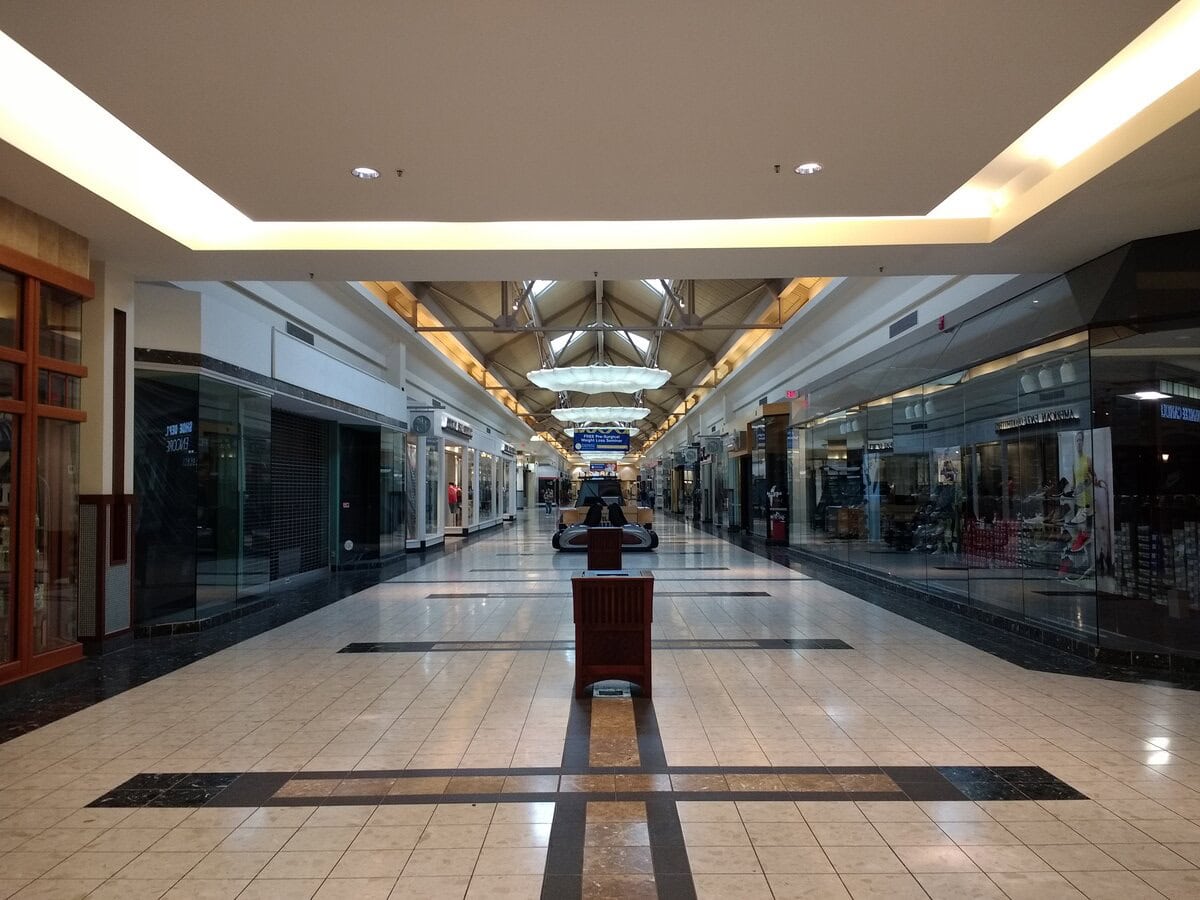
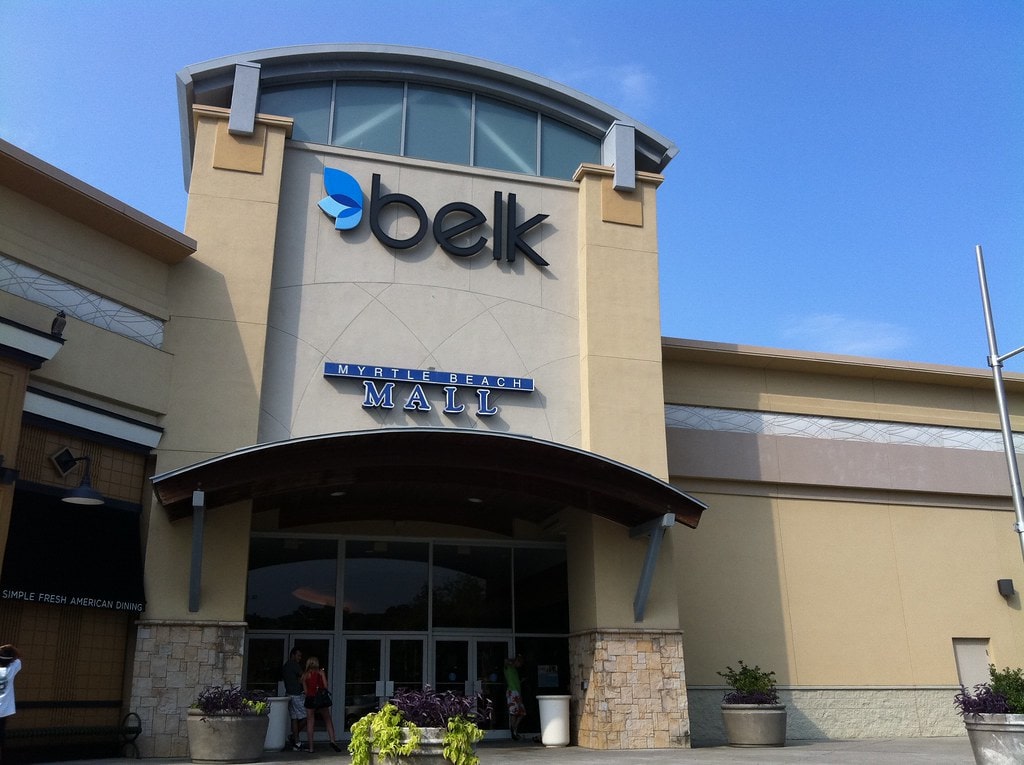
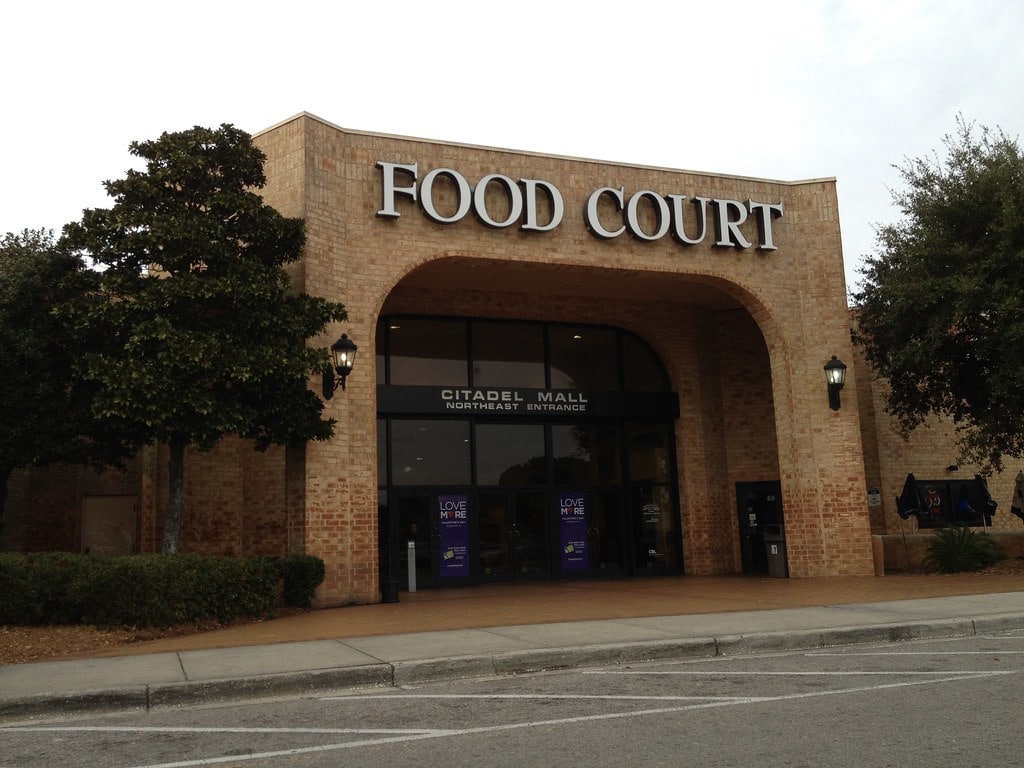
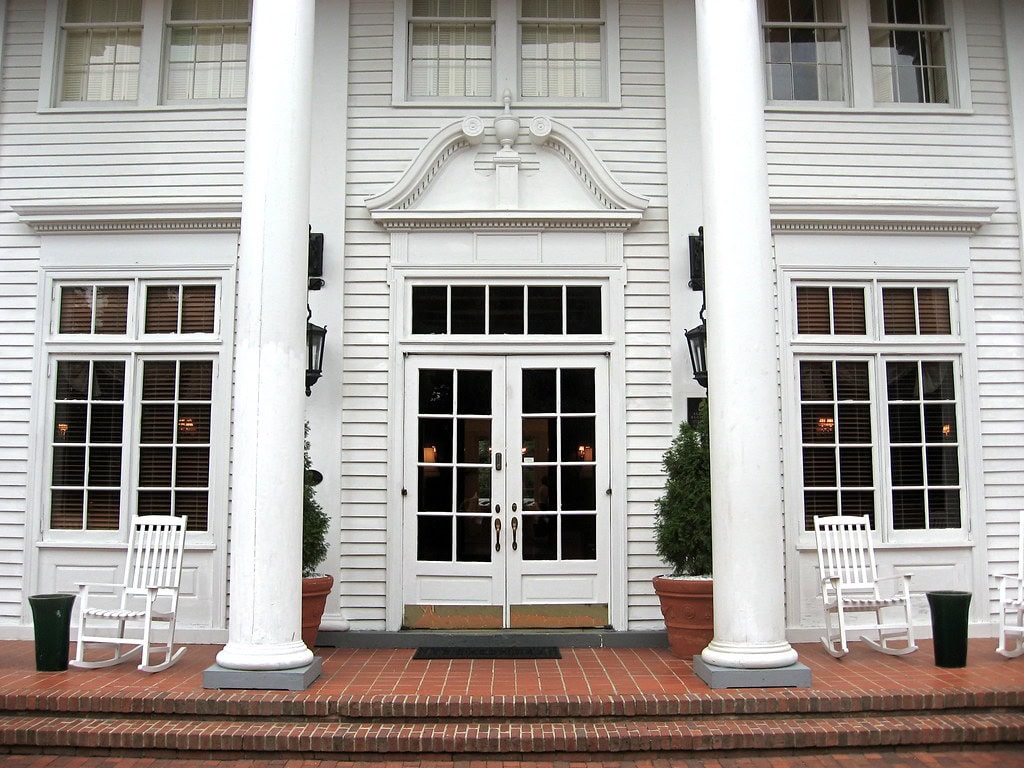
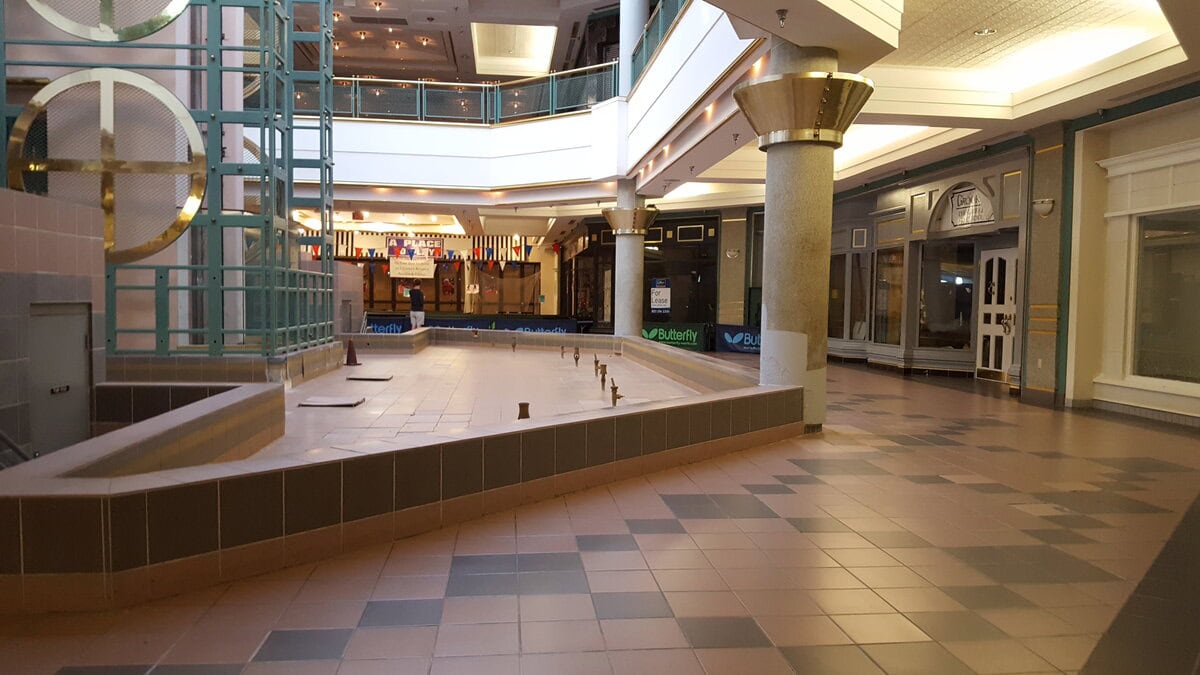
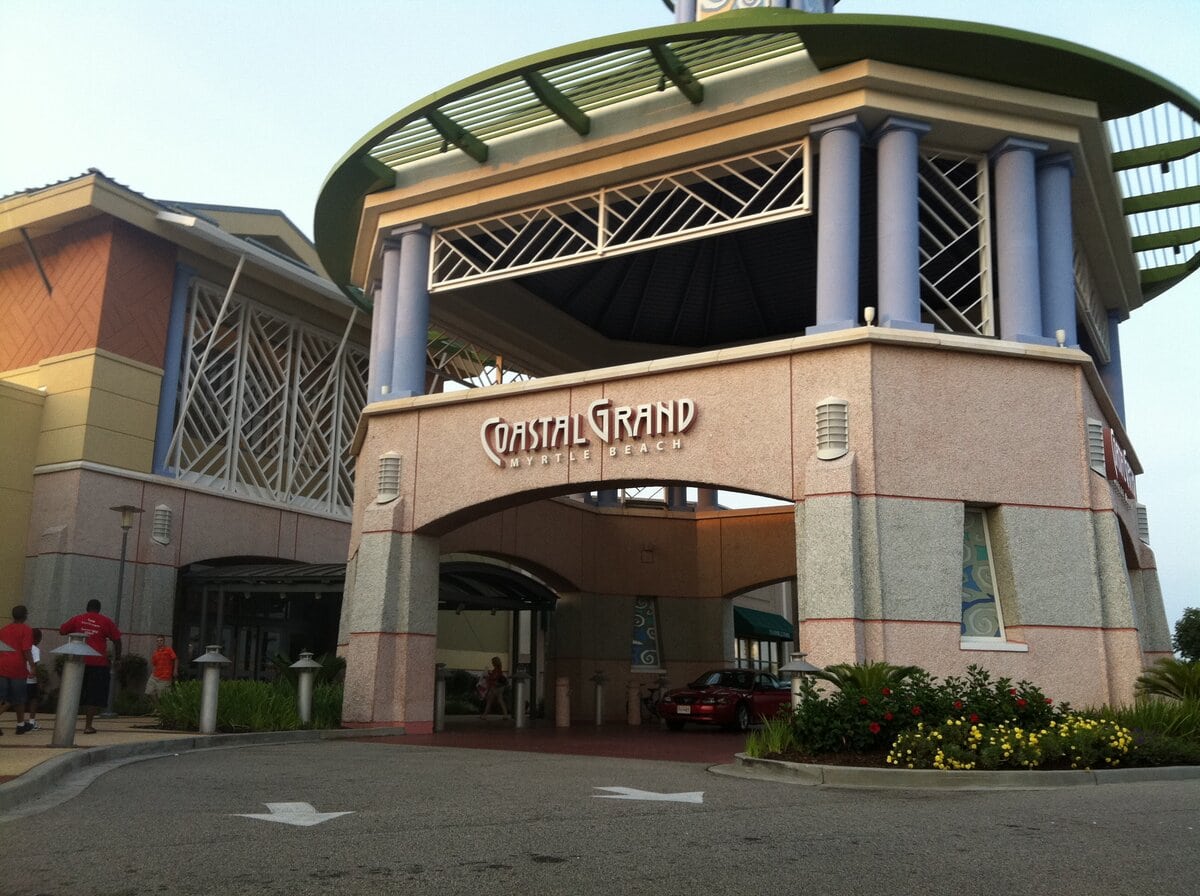
And one of the best happy hours was at Carrie Nations with their 2 4 1 drinks.
Carrie Nations had a reputation that outlasted the mall itself. For a lot of people, it was less about the stores and more about spots like that, where locals gathered after work or tourists took a break from the beach.
What happened to the clock?
Some locals have wondered if it was relocated, but no newspaper or historical group has confirmed that. All signs point to it being scrapped when the mall closed.